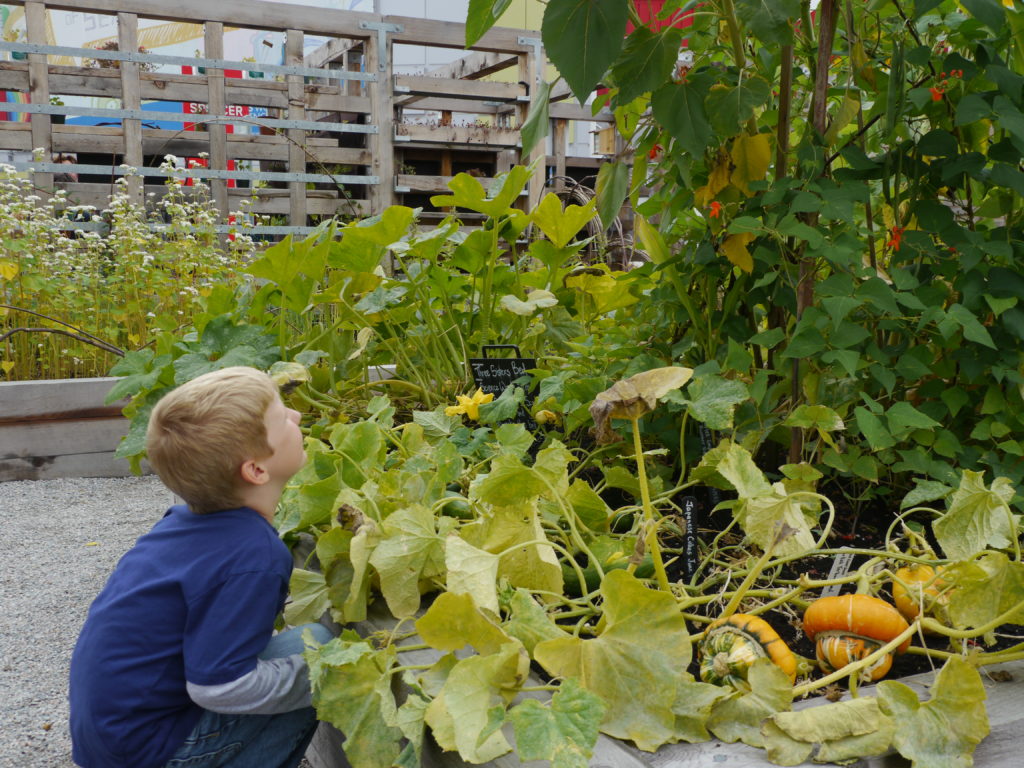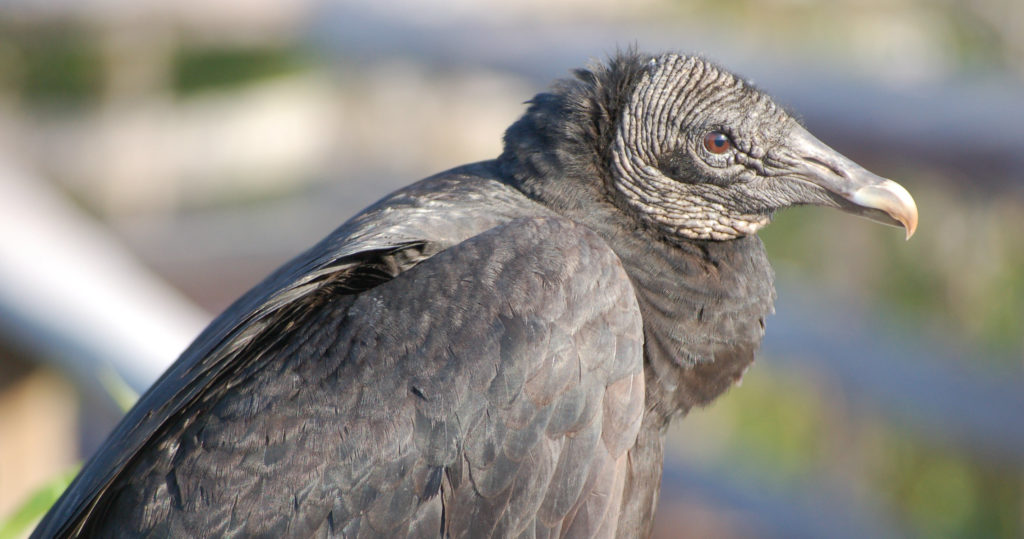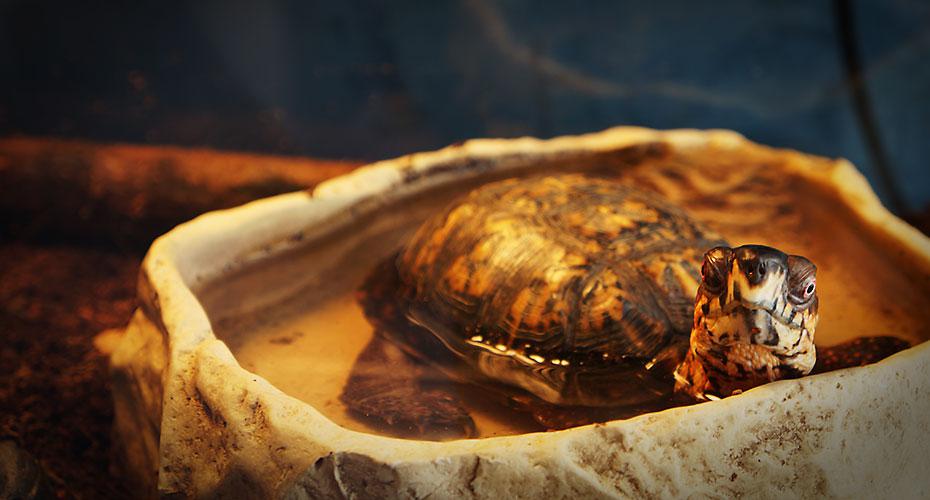Objectives
-
List common organisms found in local neighbourhoods and describe how we can use our senses to observe these organisms.
-
Compare the needs of urban animals and people.
-
Create an insect catcher to observe insects up close.
-
Observe the biodiversity in urban insects.
Materials
Background
Cities are always growing, and its not just humans who are moving into cities. As we build our homes and neighbourhoods, we create new places for plants and animals to live. Some animals even change their “wild behaviour” when they move into a city. These changes in behaviour are called adaptations. Animals have become very good at adapting to city life. Looking closely in the backyard, we may find ants and worms under rocks, birds on wires and raccoons in trees.
Often the wildlife in cities are not thought of as true wild organisms, but a close examination of the space around us shows how even urban areas are filled with signs and lessons from nature. If we stop, listen and look, we can see that wildlife is found everywhere. Since we play a large role in what our cities look like, it is important for us to understand all the creatures that share this space with us, from plants, to insects, to larger creatures!
Vocabulary
Adapt: When plants and animals change their behaviours to be successful in a new environment.
Biodiversity: The amount of different kinds of living organisms within an area.
Ecology: The study of the relations and interactions between plants and animals, and their environment.
Scavenger: An animal that eats dead or decaying organisms.
Other Resources
Nature Companion | Western Canadian Provinces Organism IDs
City of Vancouver | Wildlife
City of Vancouver | Bloedel Conservatory
Stanley Park Ecology Society | Wildlife
VanDusen Botanical Garden |Learn
World Wildlife Foundation | Lessons and Resources
Project Wild | Curriculum and Activity Guide
Project Wild | Community Science Inventory Methods



 copy.jpg)
